The teasphere is a brilliant place, populated by superb people. It is also populated by scumbags like me, who enjoy the generosity of teasamples from a teafriend while neglecting to write an article on the subject.
The mighty Hster sent me a trio of mystery samples last September, which I enjoyed no end; I don't get to drink anonymised teas these days, and so the opportunity to pick up the old habit was most welcome. In a spirit of craven prostration, I hereby offer this supplication of penitence to Ms. Hster.
These samples were, as you will see from the photographs, anonymised as X, Y, and Z. Being a creative man, I drank them in that order. Their identities have since been revealed to me, which I will reproduce here for your amusement.
Mystery X is actually the 2006 Douji Laobanzhang. I don't recall seeing single-mountain versions of Douji teas back then, with the exception of the various cakes from which the company derives its name (Yiwu Zhengshan Tea Company).
The leaves are medium-sized and I enjoyed their strong scent. Their brown shade suggested to me, at the time, that they were some 2-3 years old, which I thought to be supported by their still-fresh aroma. It actually turns out that they were 6 years old at the time of drinking, but the rather dry storage of Hster's (Berkeley, California?) home perhaps accounts for the difference.
The soup is a yellow-orange, which is fairly uninformative with Douji cakes. It has an excellent scent in the wenxiangbei [aroma cup], which is fresh, sweet, and long-lasting. The character is good, with a low tobacco and a solid base of sweetness. In the finish, I observed a "moderately dodgy Jingmai-style nuttiness - all molasses and darkness". This would not entirely be accounted for by the darkness of the Douji house style, which often becomes obvious in the throat and aftertaste.
It is this nuttiness that completely threw me off the track, and I was rather surprised to learn that this was a "Laobanzhang" cake. It certainly has a character dissimilar to the later Douji "LBZ" cakes, even admitting their yearly variations in style. A curiousity.
"Mystery Y" was actually the 2006 Douji "6FTM" blend, the precursor to the 2007 that I recently described. The latter was from China Chadao, and had been stored in relatively humid environs; this sample from Hster was intriguing for its Californian storage. Of course, all this was unknown at the time, which makes for a fun comparison.
The darkness of the medium-sized leaves comes with a gently sweet scent that, I wrote, "can be no more than three years old". That it was twice this age came as another surprise. The inclusion of huangpian [yellow flakes, usually removed] in the sample suggests a rugged blend.
The body is reasonably energetic, and it has a decent base of old-fashioned tobacco. I wrote that this sample was "much more orthodox" [in comparison to the mystery X, a.k.a. 2006 LBZ], and this is probably accounted for by the fact that it is a broad 'Banna blend, making it one of a traditional class.
This cake, however, was unimpressive in terms of its content: it was, I wrote, "inoffensive and sweet, but not forthright in character, and absent much of a kuwei" [good bitterness in the throat]. It was cooling on the tongue, as if from good leaves, and I recall that the 2007 version from China Chadao has this in common with it.
"The tea is constant and sweet, but not very exciting", I wrote - which almost matches verbatim my description of the 2007 version from China Chadao, oddly enough. At the time of trying Hster's Californian sample, I wrote that I had to "add more leaves to stave off its decline into basic sweetness".
In light of the facts since revealed, and in comparison to the potency of the 2007 version stored in China, I wonder what could account for the difference in energy and strength between the two.
Finally, "mystery Z" is not a Douji cake. It is the poetically-entitled "2008 GMS Economic Corridors Forum" cake, made by a friend of a co-worker of Hster. If you're thinking about a forum to do with corridors, the GMS Economic version is by far the superior.
In comparison to the massive samples of the previous two cakes, this one was rather small in quantity, and I therefore immediately concluded that either there wasn't much of it in Hster's collection, or that it was rare, or both. I noted that the maocha, pictured above, contains tons of stems and some huangpian, leaving me to conclude in my notes that it is "some kind of personal production". Woo!
I also guessed that, as with the other samples, it was no more than three years old; its actual age of four years is therefore not immediately dissimilar, but it does taste rather young. Again, this could be due to the dry storage.
"The scent is brittle and interesting", I wrote, "ending in smooth butter. The character is most unusual: it is dense and sweet, but has a slightly alarming edge. What is it? A tang that hints at something untoward."
"It fills the mouth well and has a good effect in the throat that puts it above Mysteries X and Y; I particular enjoy its shengjin [mouth-watering effect]. It begins to numb the lips and the tip of the tongue, and has good overall duration."
What an enjoyable experience that turned out to be, all the moreso once the real facts were revealed. I think that I would keep an eye on my storage humidity, were I Californian, but they were all great fun and very much appreciated.
Coming soon: a head-to-head comparison of Hster's and my versions of the same immortal cake. There can be only one.

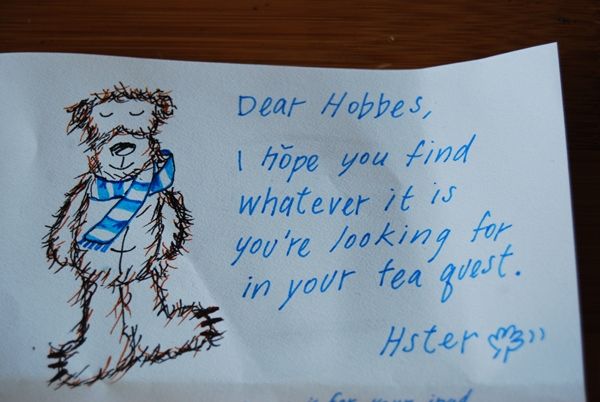
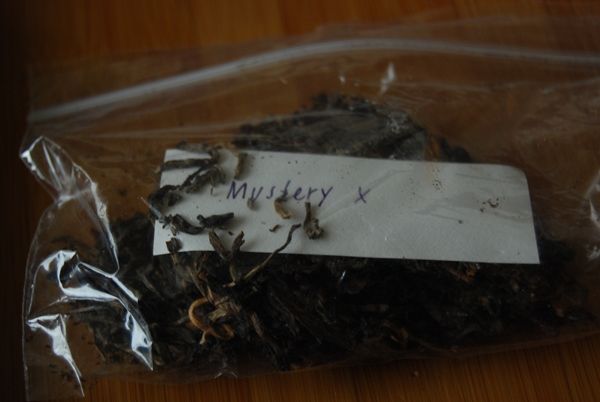
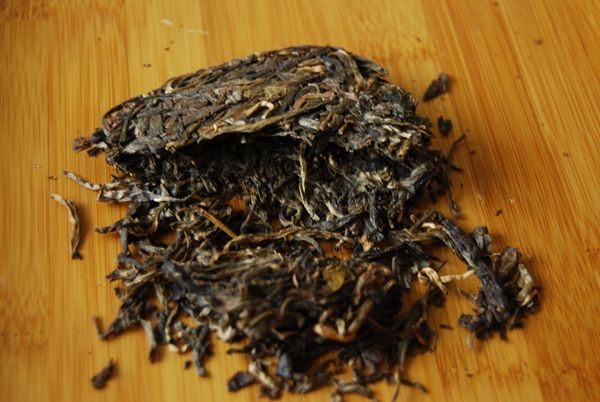
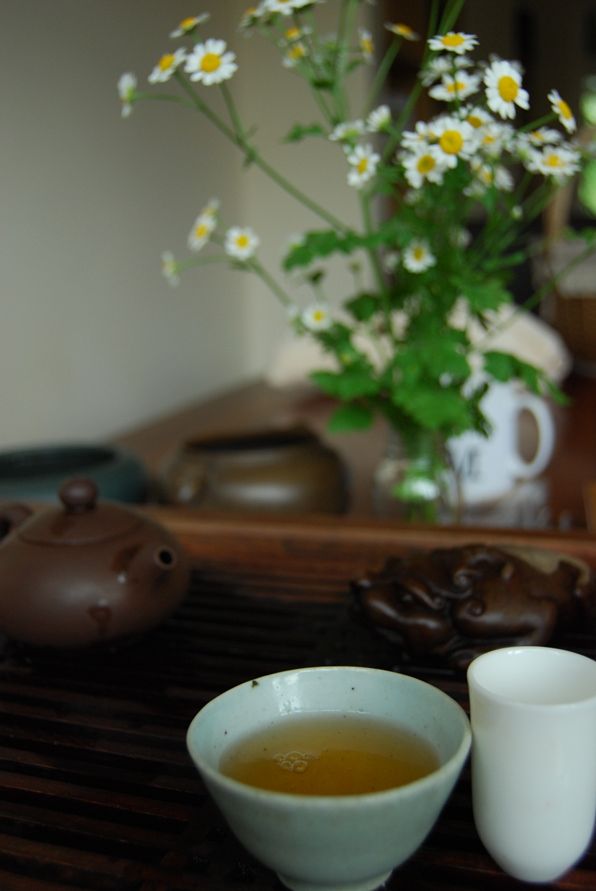
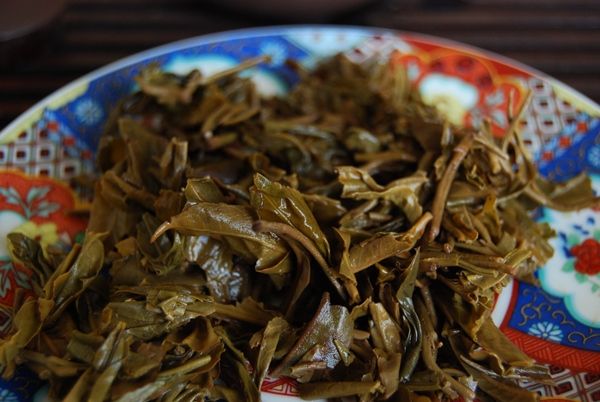
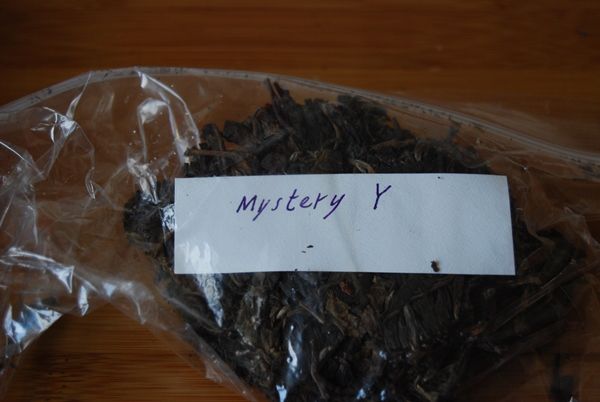

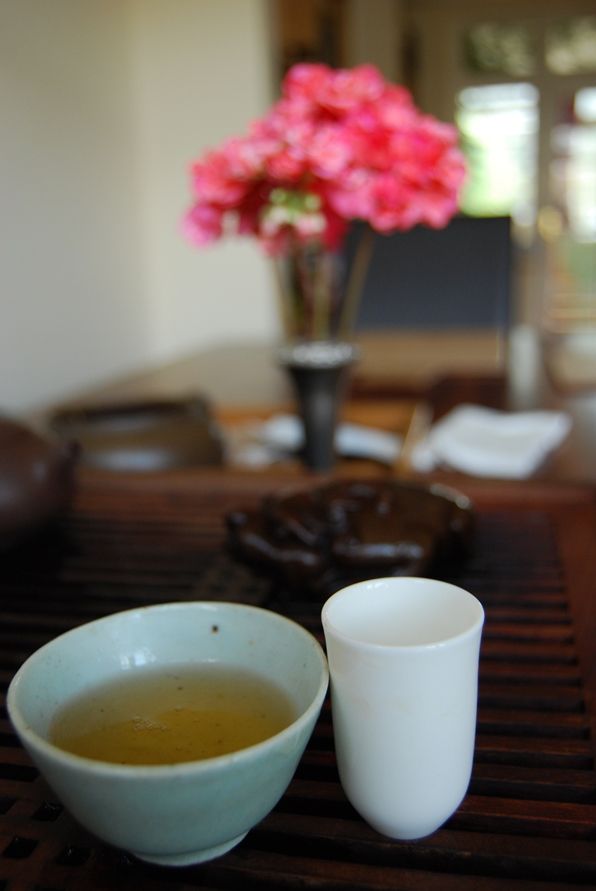
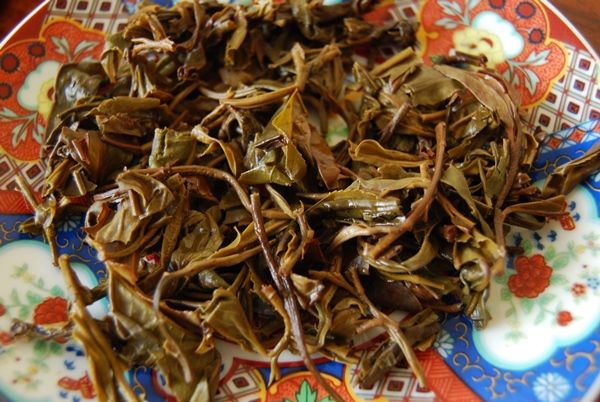



I had replied in hster's post that it sounded like a good Jinggu or Mengku, was it distinctive enough for you to tell?
ReplyDeleteI liked the stuffed bird about to use the teabath!
Link without further comment:
http://item.taobao.com/item.htm?spm=a230r.1.10.25.PVT8nP&id=13858167059
I think that I would keep an eye on my storage humidity, were I Californian,
ReplyDelete---
In what manner would you do that?
Hi,
ReplyDeleteshame on that spammers.
Anyway - I thought the Douji LBZ so far from any LBZ I know that I was rather unsure whether it is LBZ at all. Do you think it is?
Best,
Jakub
Dear Hobbes,
ReplyDeleteI deserve neither such praise nor penitence. If not writing about teas received, I am the worst offender of the lot.
California is thrice the land mass of England and contains microclimates which may be conducive to aging sheng- not all Californians need be so weary as me.
h
Dear Jakub and Shah,
ReplyDeleteThe LBZ did not taste very orthodox, let's put it that way. It was nicely made, but very confusing.
Dear Psychanaut,
Controlling humidity is not something in which I have any experience, and so I wouldn't like to hazard a guess on that subject. :)
Dear Hster,
The sheer size of California is lost on me - past a certain size, it is merely "very big", and my brain closes down. :)
I've only visited San Diego, in California, but was impressed by the humidity there. Combined with its constant warmth, it might be a good place to age tea. Perhaps it'd go well with the (unfathomably delicious) Mexican food that they eat...
Toodlepip,
Hobbes
Huh, San Diego, humid? You mean that super-dry place that currently registers 21% humidity?
ReplyDeleteYeah, the MX food is good there. If you find yourself anywhere in SoCal rent a car and get out to the San Gabriel Valley, east of L.A. (but a bit far from SD): some of the best Chinese food in the world (including what's available in China or Taiwan).
I would never have guessed it was so low. :)
ReplyDeleteIt's a pity that I cannot drive...
Toodlepip,
Hobbes